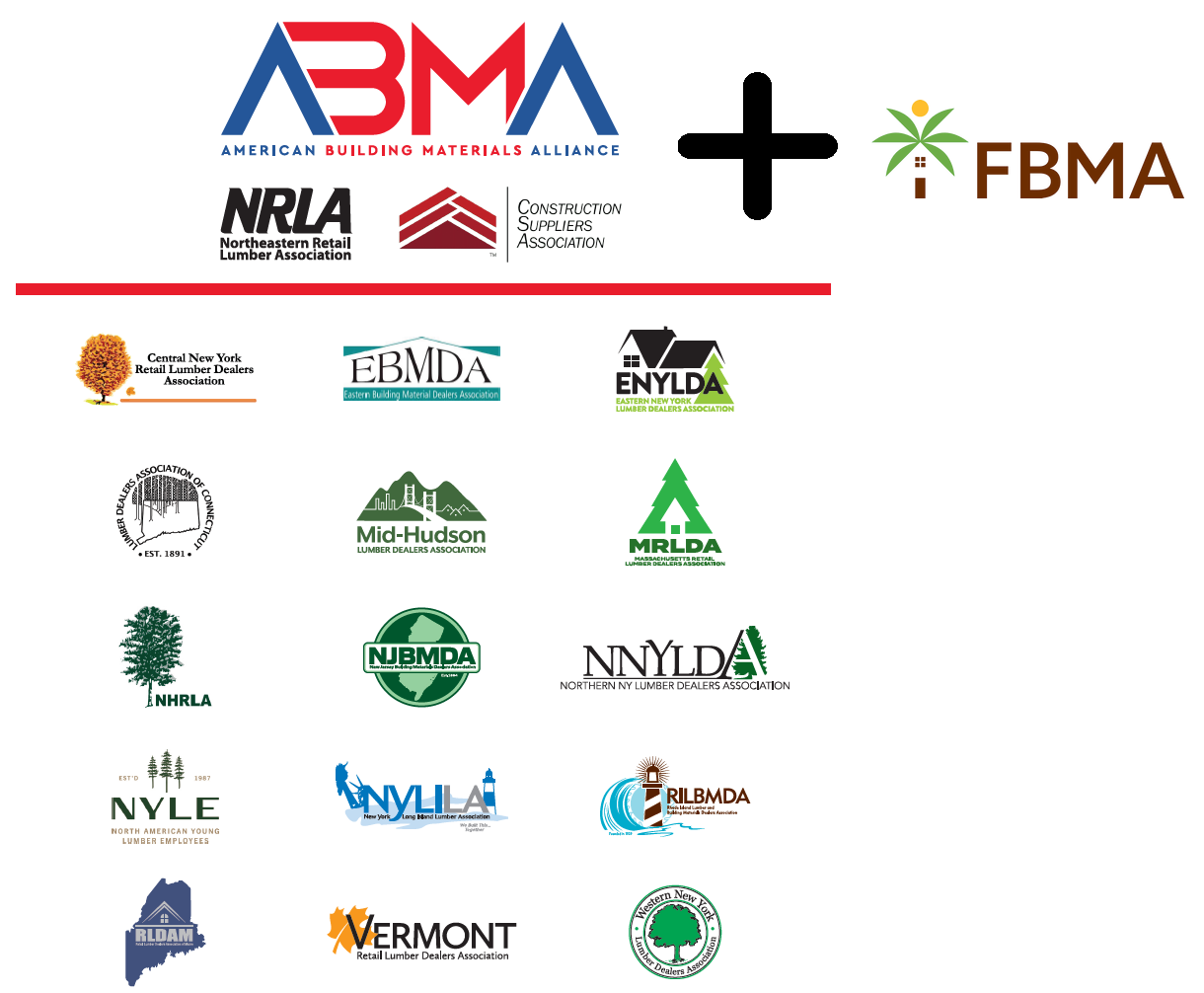Workforce
Both committees that handle workforce policy issues—the House Education and Workforce Committee and the Senate Health, Education, Labor and Pensions (HELP) Committee—held hearings recently that signaled their priorities for the 118th Congress. In the House, testimony was provided by a community college administrator who advocated that the single most important step Congress can take in helping address our nation’s skill shortage is to immediately authorize the use of Pell Grants for workforce programs. Legislation that would accomplish this objective is the PELL Act (H.R. 496—the Promoting Employment and Lifelong Learning Act), which among other things would create a Workforce Pell Grant to expand Pell Grant eligibility to high-quality, short-term programs so students can move into a job quickly.
The press release accompanying introduction of the bill may be found here.
Other witnesses underscored the importance of better alignment between workforce and higher education, the expansion of apprenticeship opportunities, and ensuring career readiness in college.
In the Senate, the HELP Committee also held a hearing where the need for reauthorizing the Workforce Innovation and Opportunity Act (WIOA) was emphasized, as was the need for apprenticeship programs for the skilled trades. In visits with staff of Members of Congress that sit on these committees, it is clear that workforce is a priority issue among virtually every sector of our economy and that pressure for Congressional action on workforce development is running high.
Wood Energy and Building Products Legislation
Senators Susan Collins (R-ME) and Diane Feinstein (D-CA) are considering introducing legislation to make more muscular the Community Wood Energy and Wood Innovation Grant Program. This program, which is part of the Farm Bill’s Energy Title, provides funding for grants to install thermally led community wood (biomass) energy systems or to build innovative wood product manufacturing facilities. Over the last several years, scores of lumber companies have received grants from this program to upgrade their manufacturing operations or make their facilities more energy efficient. Funded projects range from biomass boiler upgrades at sawmills to funding to help build mass timber manufacturing sites.
The draft legislation that is circulating would revise the program to:
- Increase its existing authorization from $25 to $50 million per year
- Increase the maximum grant per facility from $1 to $5 million
- Increase the federal cost-share from 35% to 50%
- Increase the maximum size for community wood energy systems eligible for grant funding from 5 to 25 megawatts
Senators Collins and Feinstein are working toward recruiting enough Democrat and Republican cosponsors that the provisions of this bill will be considered for inclusion in the next Farm Bill, which is up for reauthorization this year.




